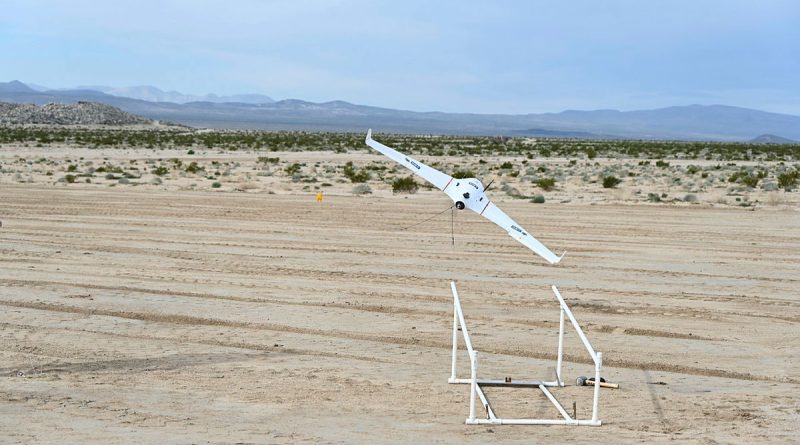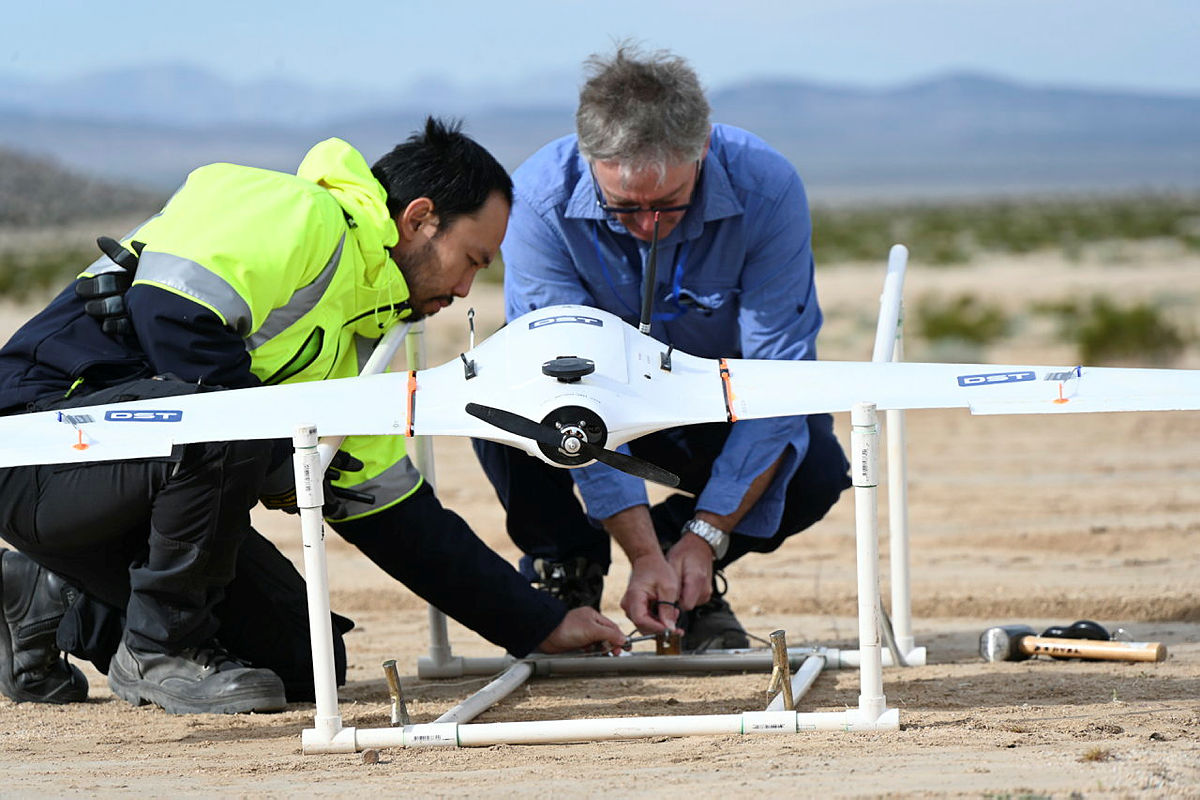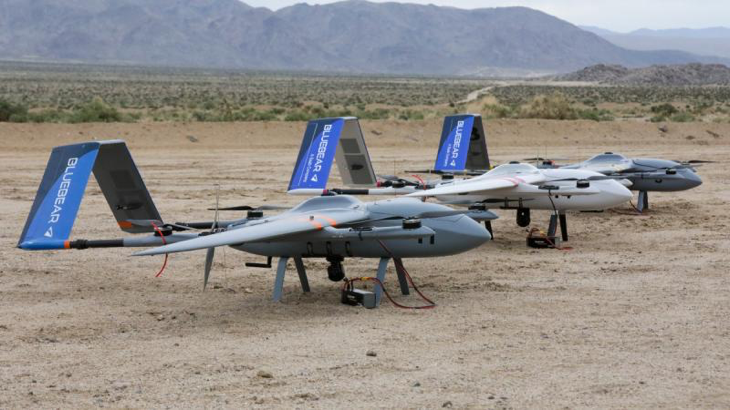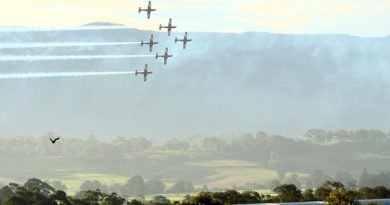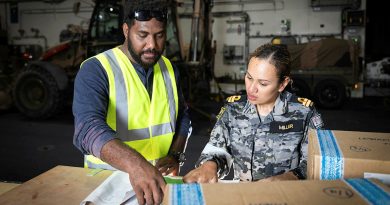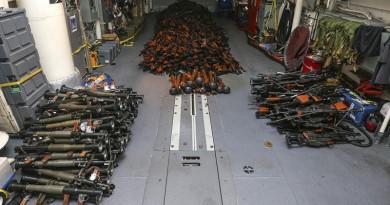Enhancing AI to support the warfighter

Australia, the United Kingdom and the United States have furthered their co-development of resilient and autonomous artificial intelligence technology (RAAIT) by sequencing AI algorithms to support target detection and decision-making.
CAPTION: Australia’s XT-8 drone launches for a mission. Story. by Natalie Staples.
Autonomous systems are a critical technology and are one of the six priority areas of AUKUS Pillar II – Advanced Capabilities.
RAAIT brings together AI tools and techniques as well as autonomy packages from all three nations and tests and refines their ability to work together collaboratively.
The latest in a series of AUKUS RAAIT activities was conducted during Project Convergence Capstone Four (PC-C4) in the US.
PC-C4 is a US-led combined joint and multinational experiment designed to test emerging technologies and their suitability for use by a combined and integrated fighting force in multi-domain conflict.
CAPTION: Australia’s XT-8 drone launches for a mission.
The campaign of learning is designed to rapidly advance and integrate allied and multinational technology to overmatch an adversary in competition and conflict.
During PC-C4, AUKUS assets flew together to meet common goals, supported by a core team on the ground working on AI models to detect targets for simulated strike.
Australia’s Program Lead of the AUKUS AIA Working Group for the activity, Robert Hunjet, said advanced situational awareness was essential for decision makers to determine what action they would take next.
“RAAIT-based technologies enable us to collect information at pace and scale through the use of autonomy borne intelligence, surveillance and reconnaissance (ISR),” Dr Hunjet said.
“During PC-C4 we were able to stretch the technology and test its true capability.”
Principal Director for Trusted Artificial Intelligence and Autonomy, US Department of Defense, Kimberly Sablon, said trilateral cooperation on AI and autonomy will provide critical enablers for future force capabilities.
“We’re creating an ecosystem that allows us to federate AI capabilities across the coalition,” Dr Sablon said.
“One advantage to doing that is we’re expanding and sustaining our capabilities. We are stronger as a coalition because we are no longer just training AI and autonomous systems based solely on US operational data.”
CAPTION: A collection of the UK’s RedKite uncrewed autonomous vehicles parked before operations.
RN Head of the UK Defence AI Centre Commodore Rachel Singleton said RAAIT turbo-boosted autonomy and supported more seamless networking of capabilities to amplify strategic effects.
“It’s about putting in place the enablers to make all of our systems, that each of the three nations design, interoperable into the future,” Commodore Singleton said.
“It’s about soldiers or sailors from one nation being supported by capabilities that have been developed across all three nations.”
Through AUKUS, Australia, the UK, and the US are collaborating to accelerate collective understanding of AI and autonomy technologies, and how to rapidly field robust, trustworthy and responsible AI and autonomy in complex operations.
AUKUS partners continue to uphold the values of safe and responsible use of AI in the military domain.
.
.

.
.

